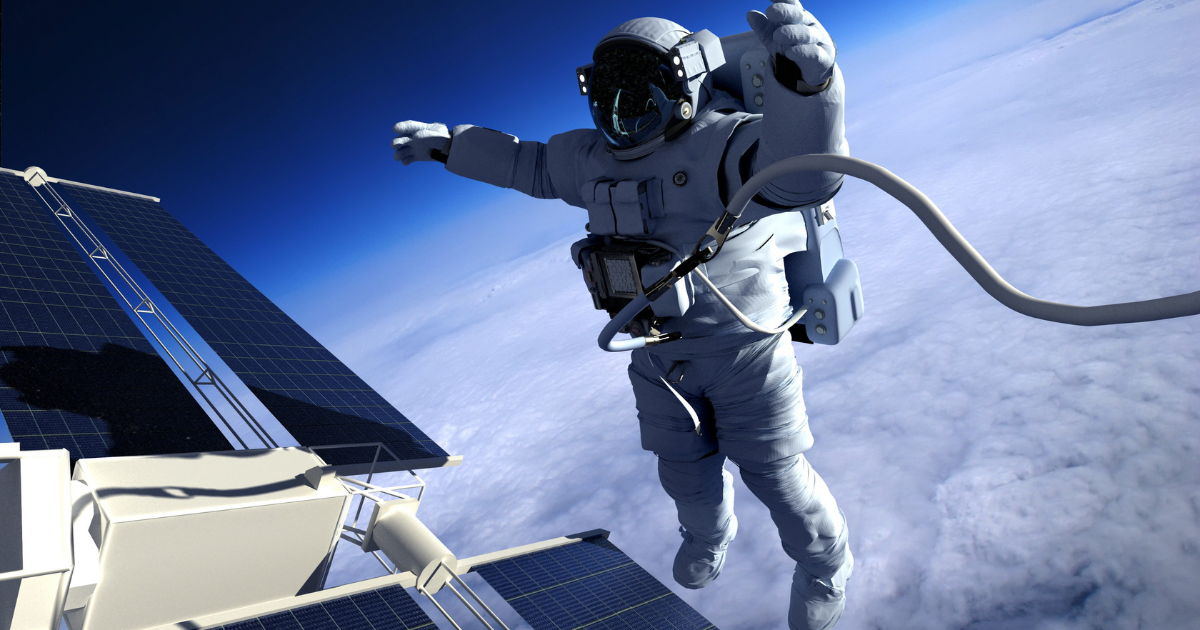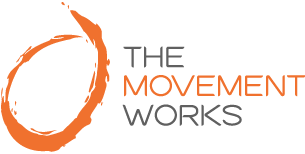From Small Steps To Giant Leaps
We’re going back to the moon.

First uncrewed landings and then putting humans back on the moon. And of course, there are commercial spacewalks, missions to Mars and all sorts of new technology and engineering developments to follow.
Along with that there is a lot of research exploring how humans can survive and work in space for extended periods of time.
Space medicine is studying the health of astronauts living in space, and how they can re-adapt to the Earth’s atmosphere after returning from a mission.
One physiological effect of a long-term weightlessness (microgravity environment) is bone and muscle mass loss.
In a microgravity environment skeletal muscle is no longer needed to maintain posture. So they weaken and get smaller. And this is particularly so for muscles that support our joints.
We see similar to changes in people with pain. Some muscles become less efficient, weaken and get smaller.
But we can reverse these changes. And this can change ongoing pain.
When Tim Peake was on the International Space Station, he did two and half hours exercise a day. Including cycling (no saddle!), weight training and workouts on the treadmill. An important part of an astronaut’s health regime.
Back to Earth – changing the efficiency of our movement, by targeting specific deficits associated with ongoing pain can be a game changer.
Movement science research shows us this is possible. Space science research will add to the story.
At The Movement Works we specialise in restoring healthy movement. Finding out what’s not working efficiently in our movements and why, and helping our clients find the joy in movement again.
And it won’t take two and a half hours a day!
